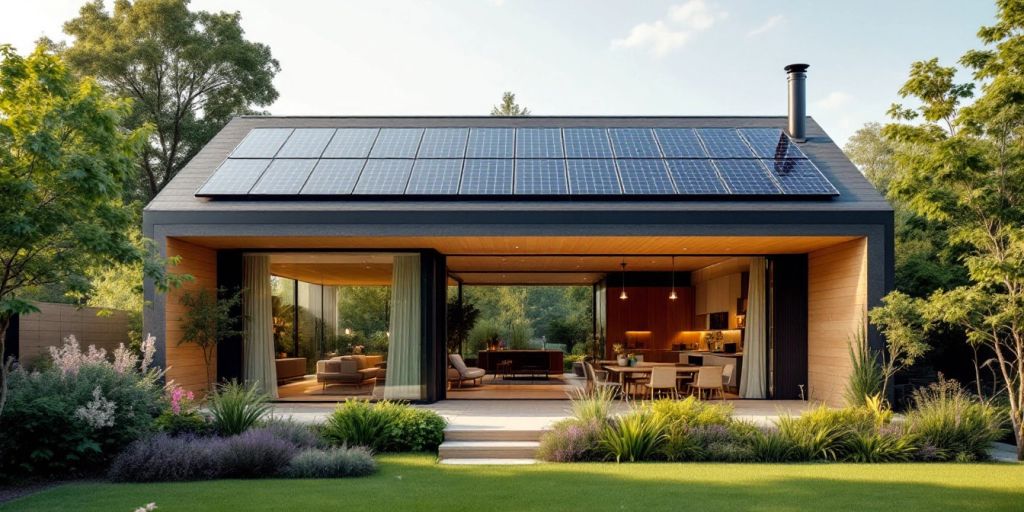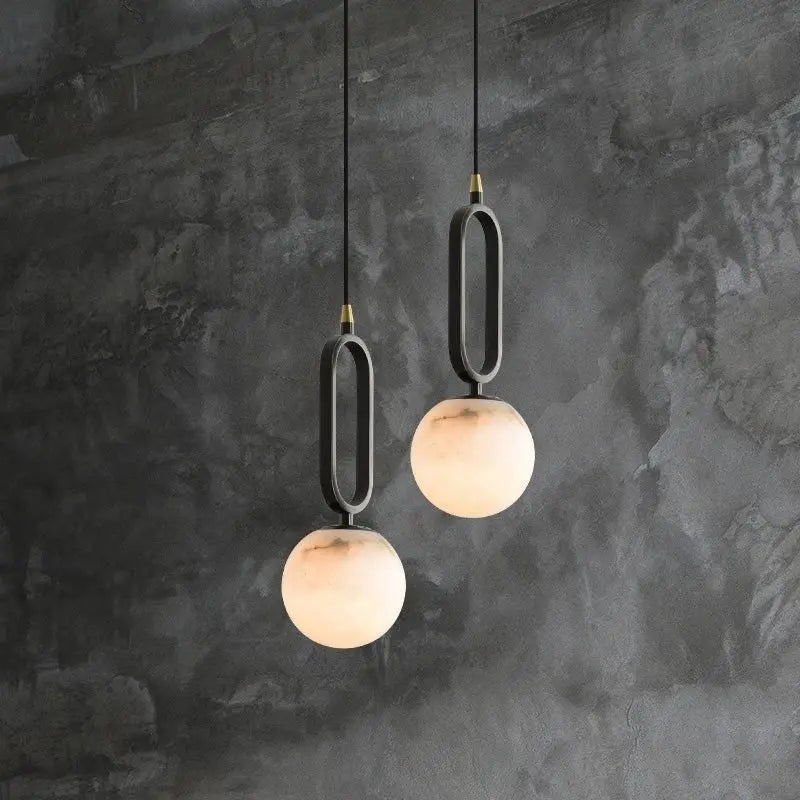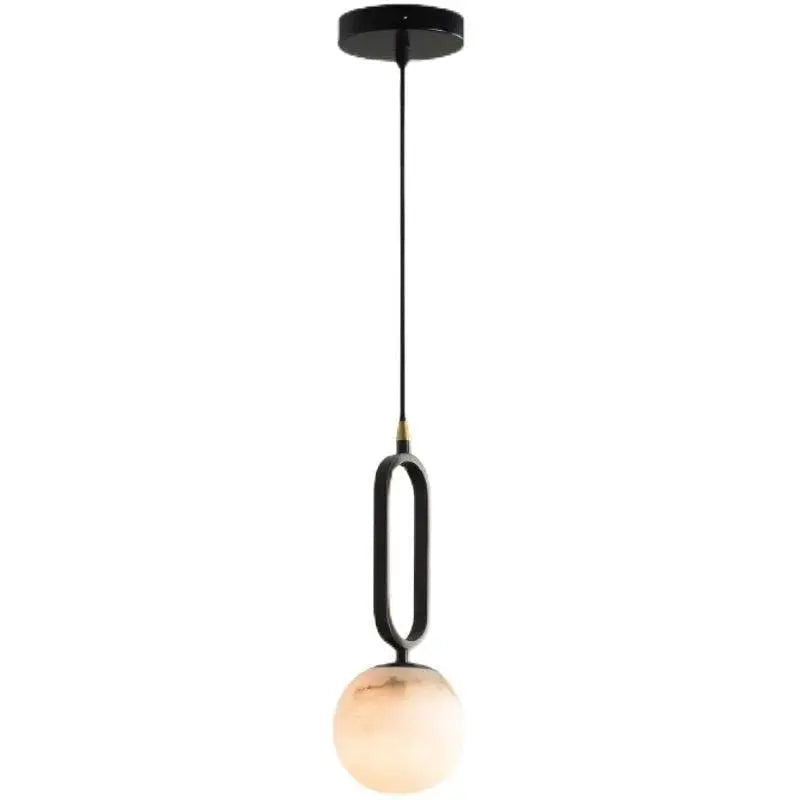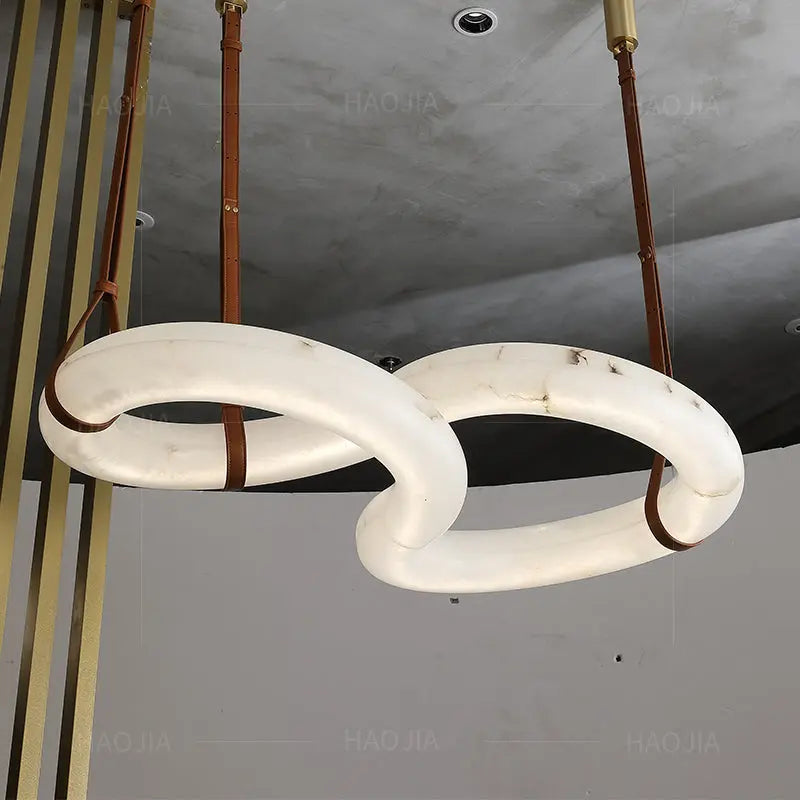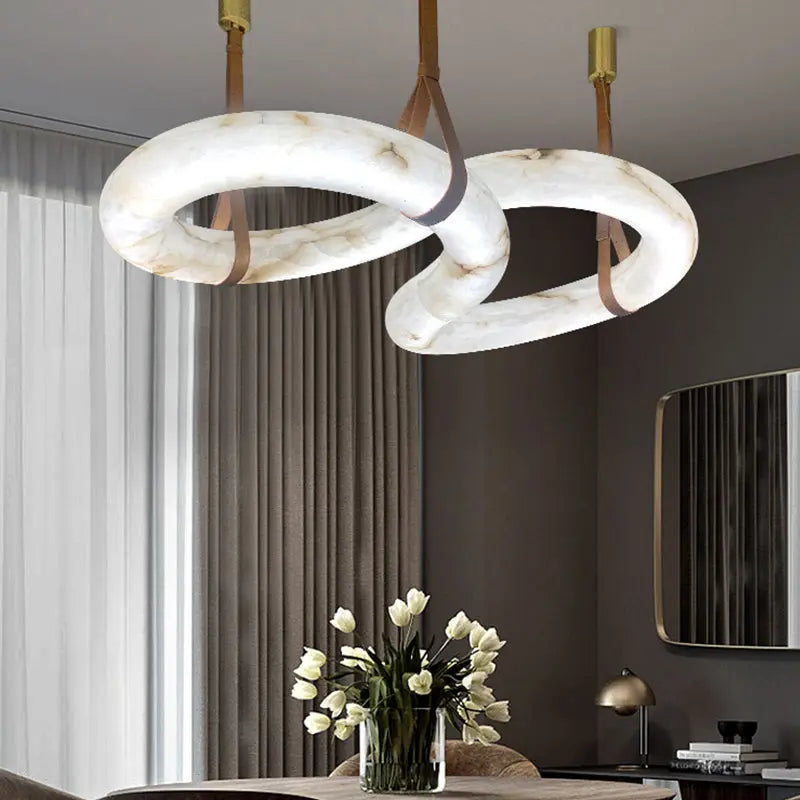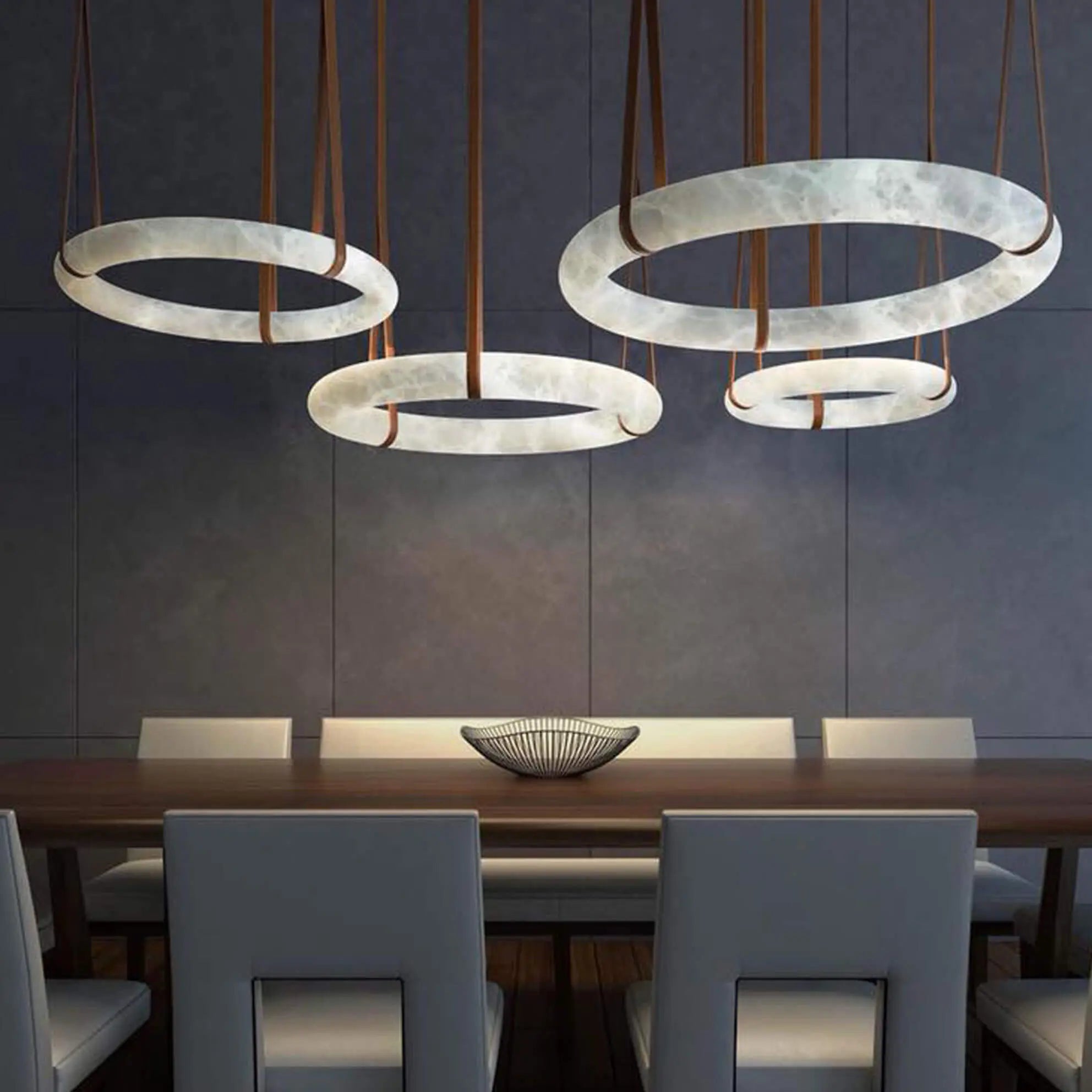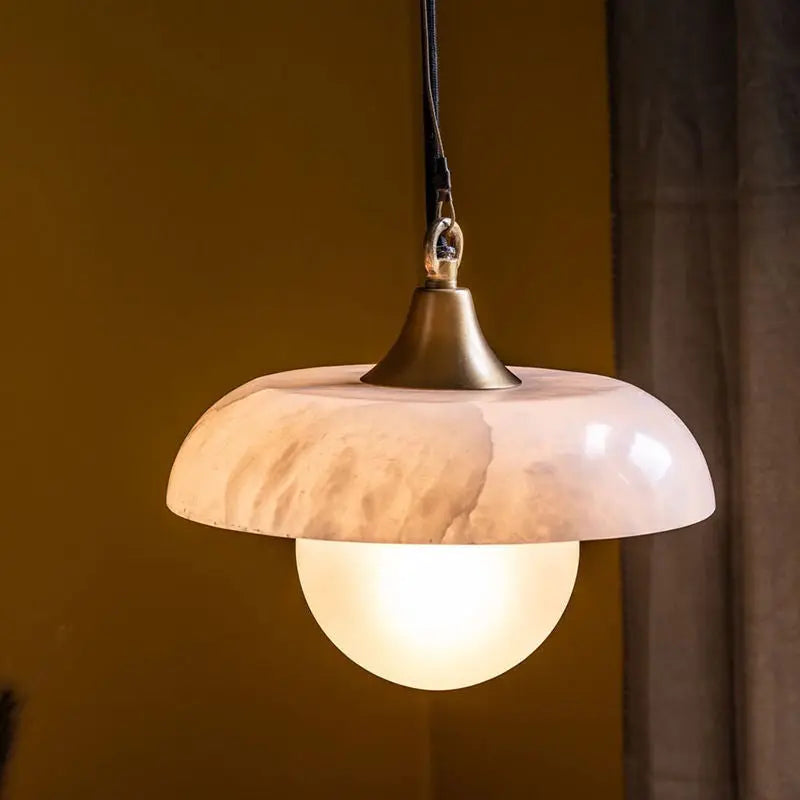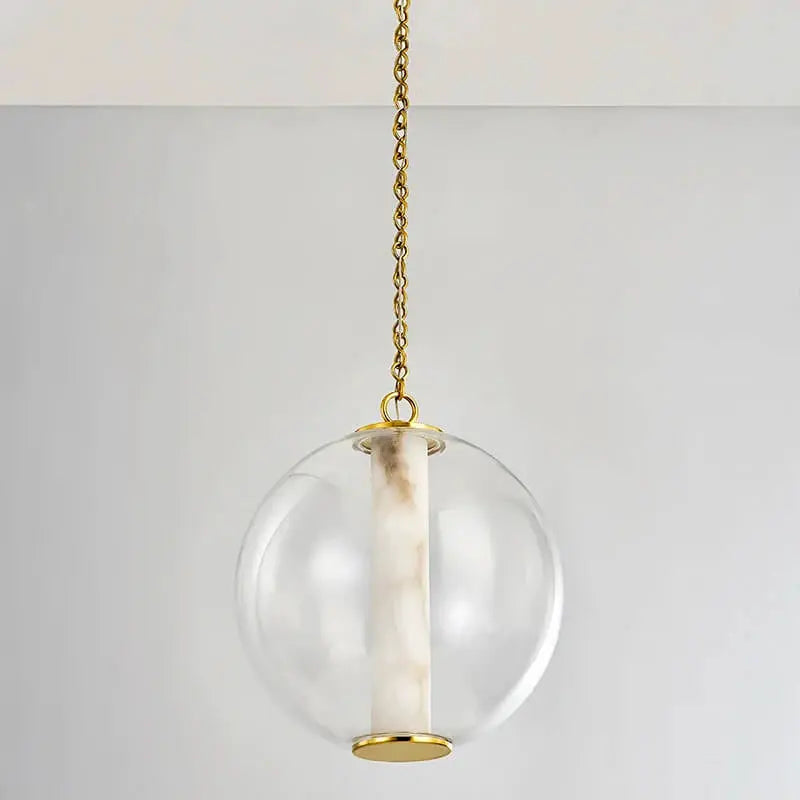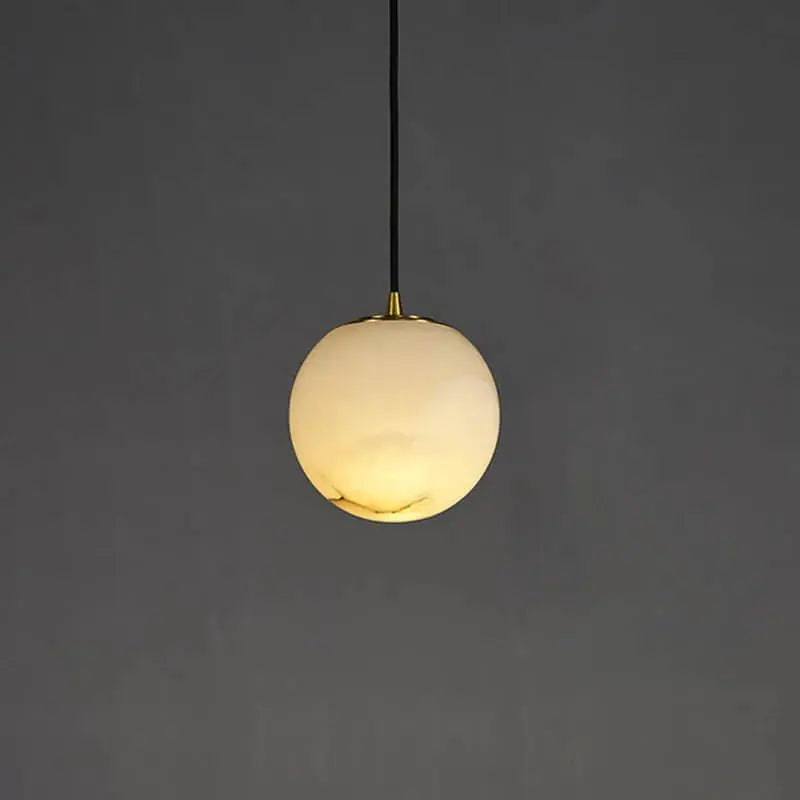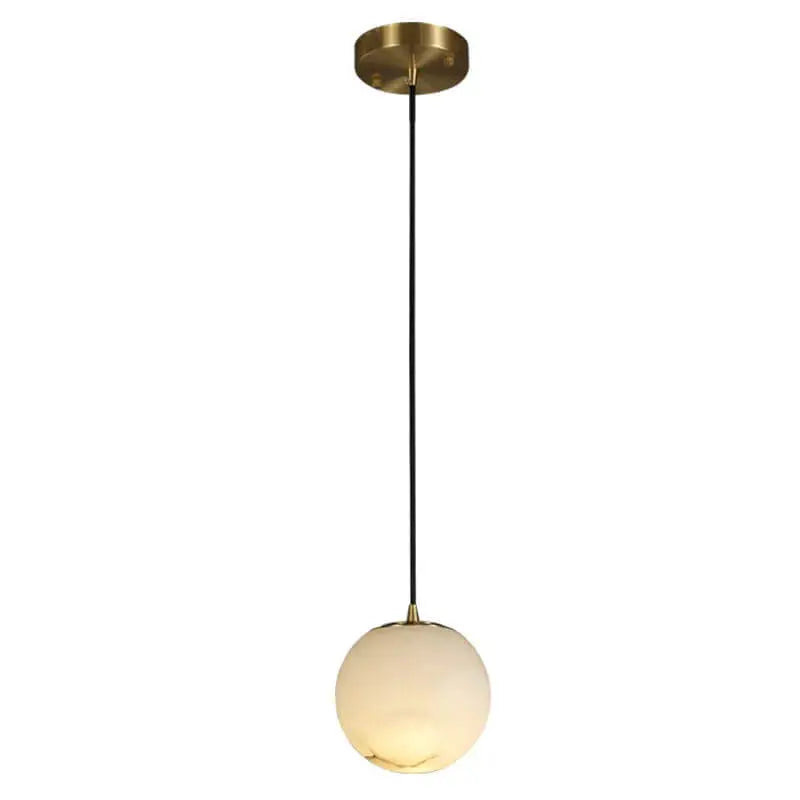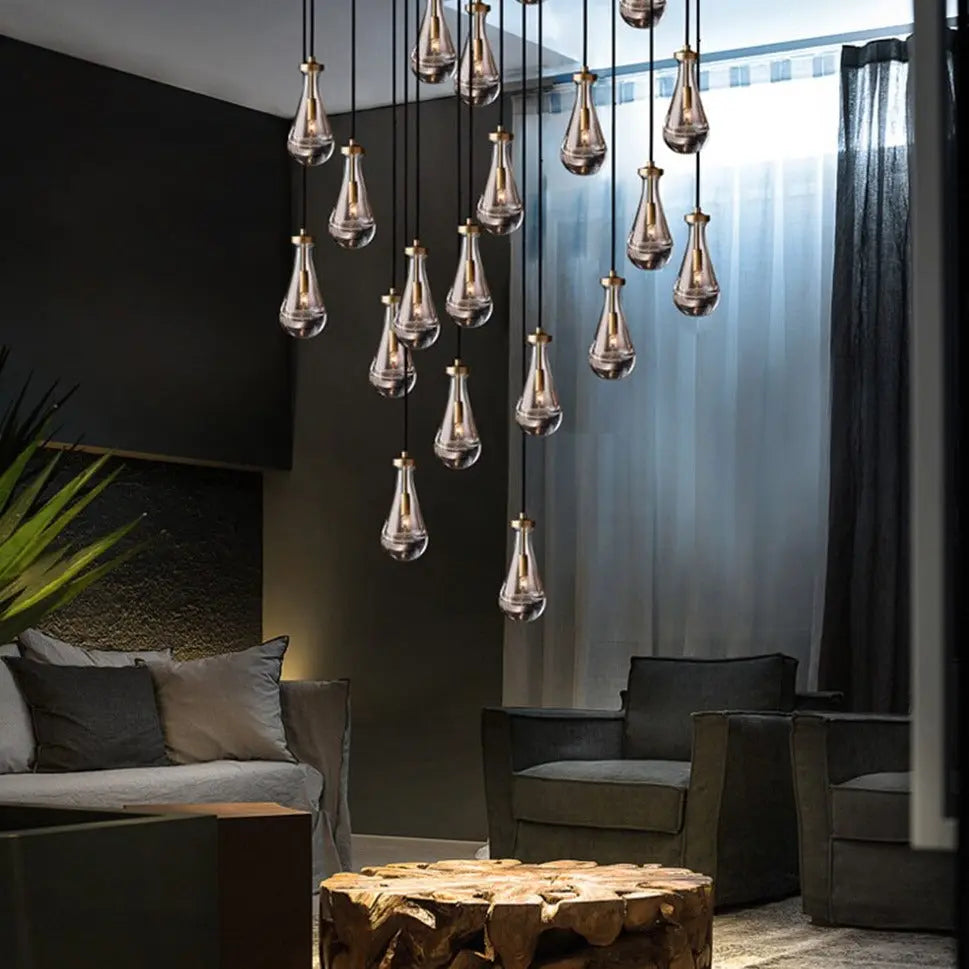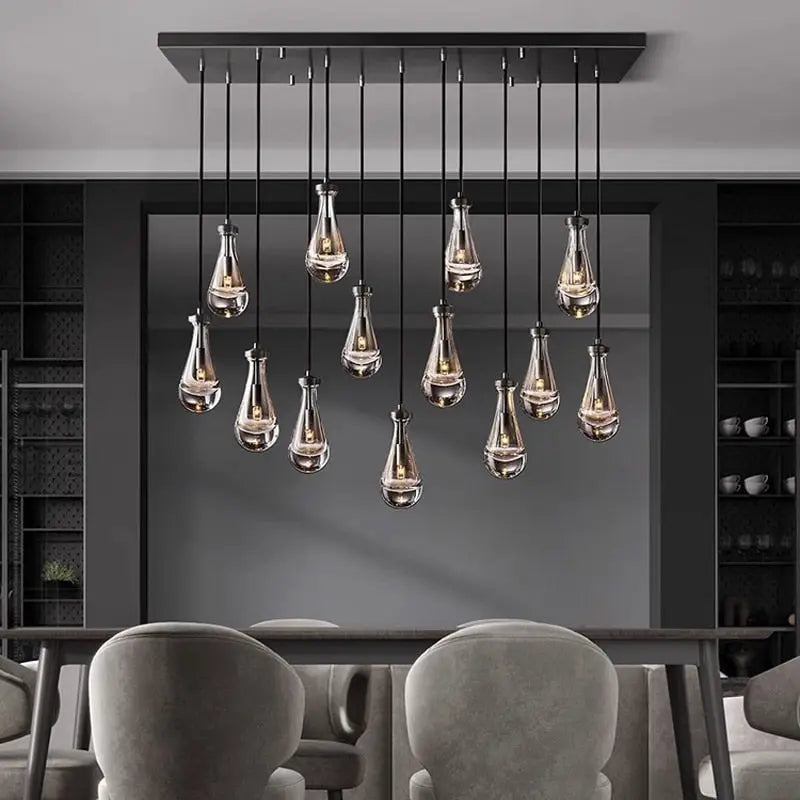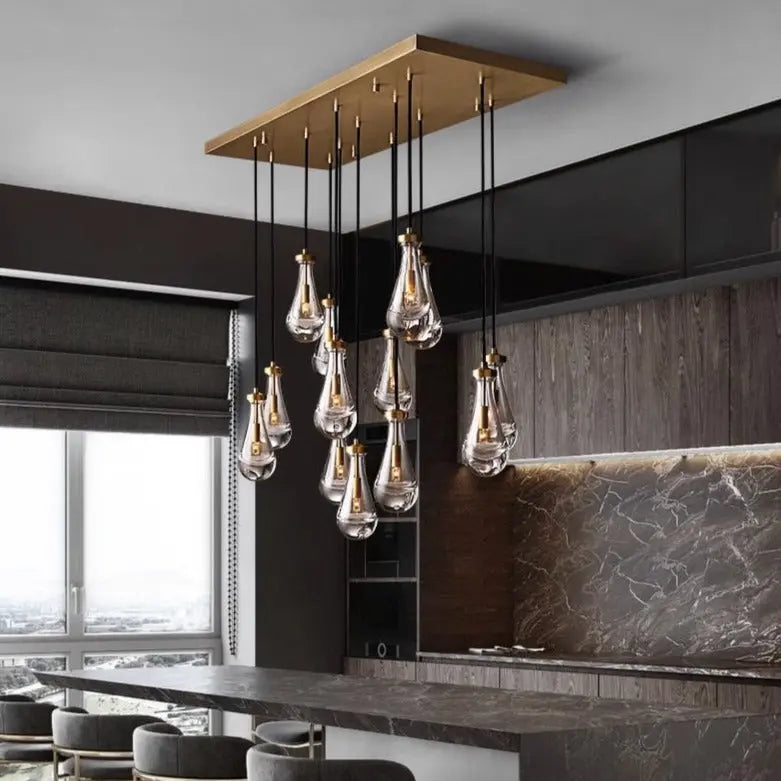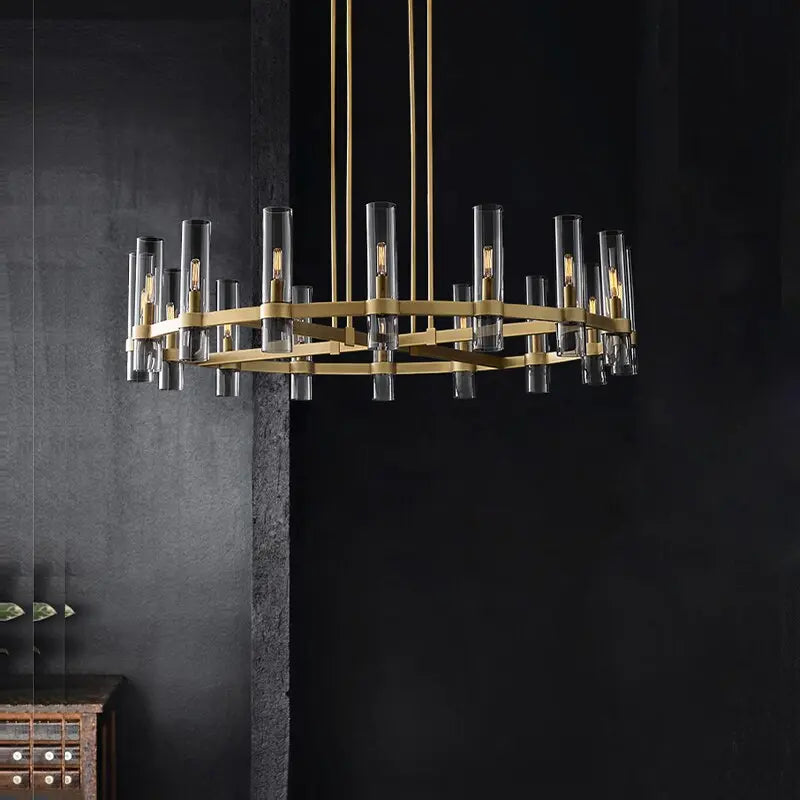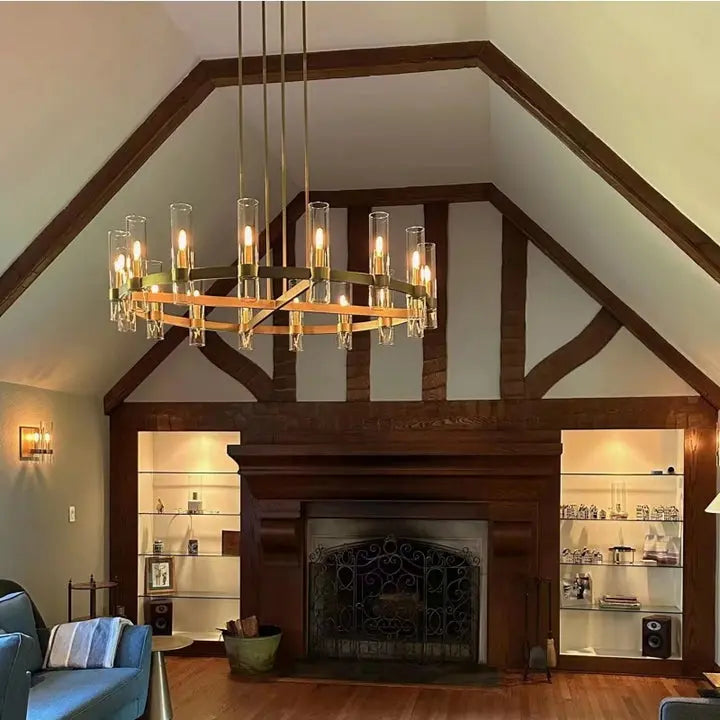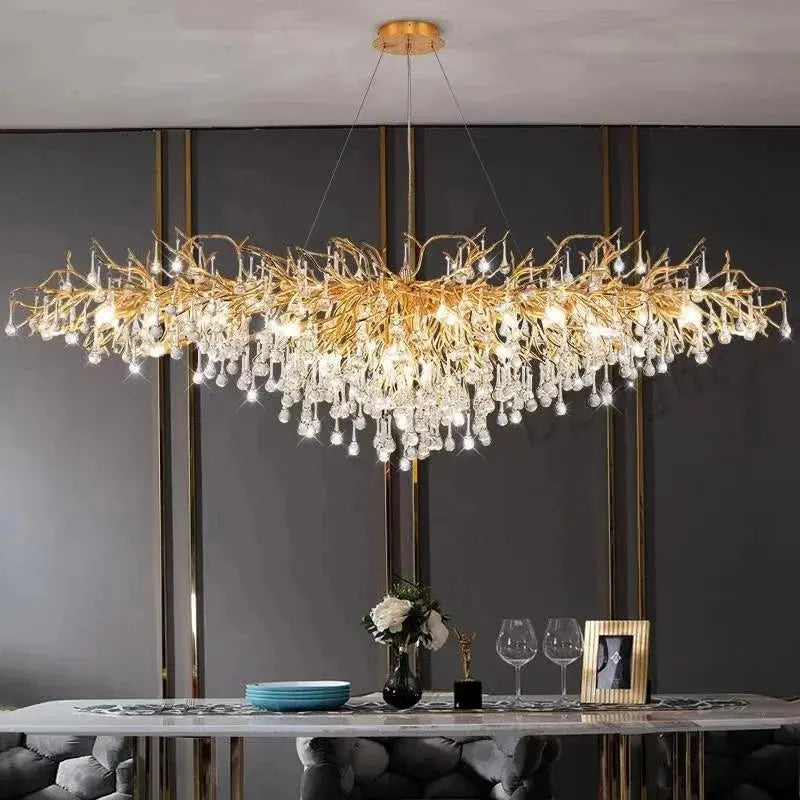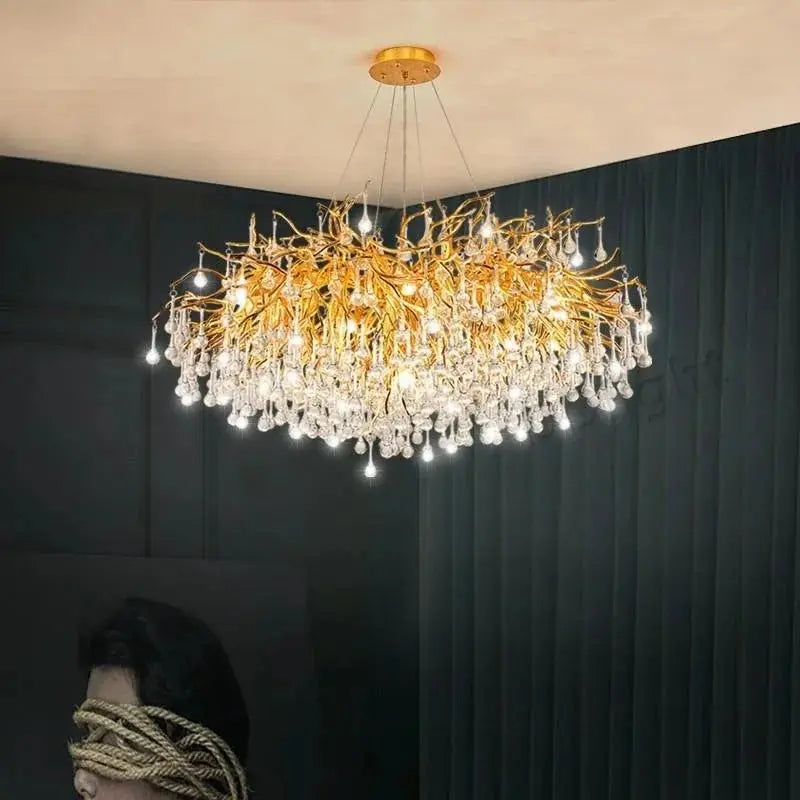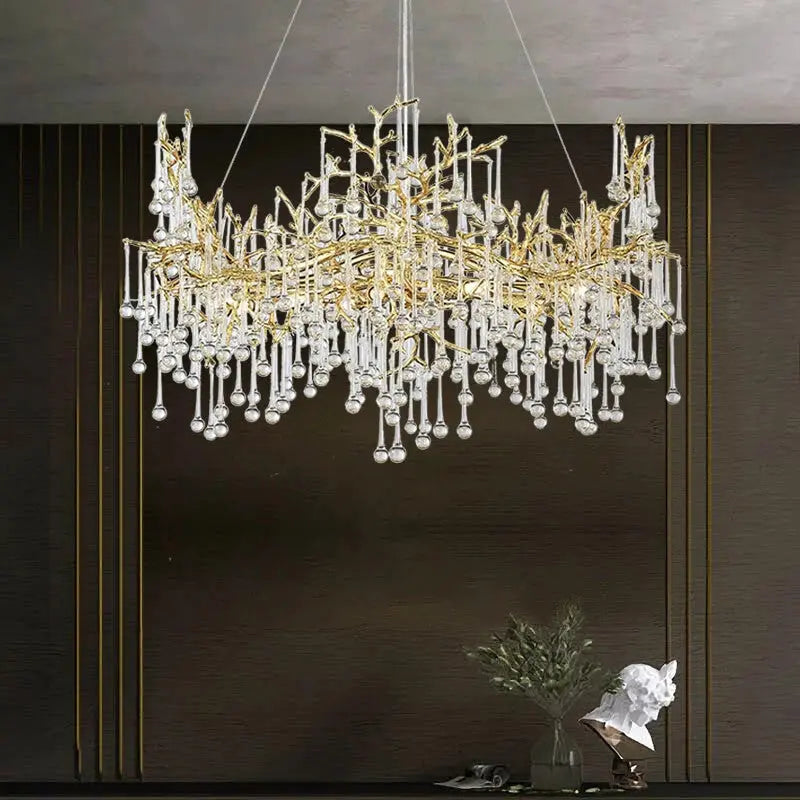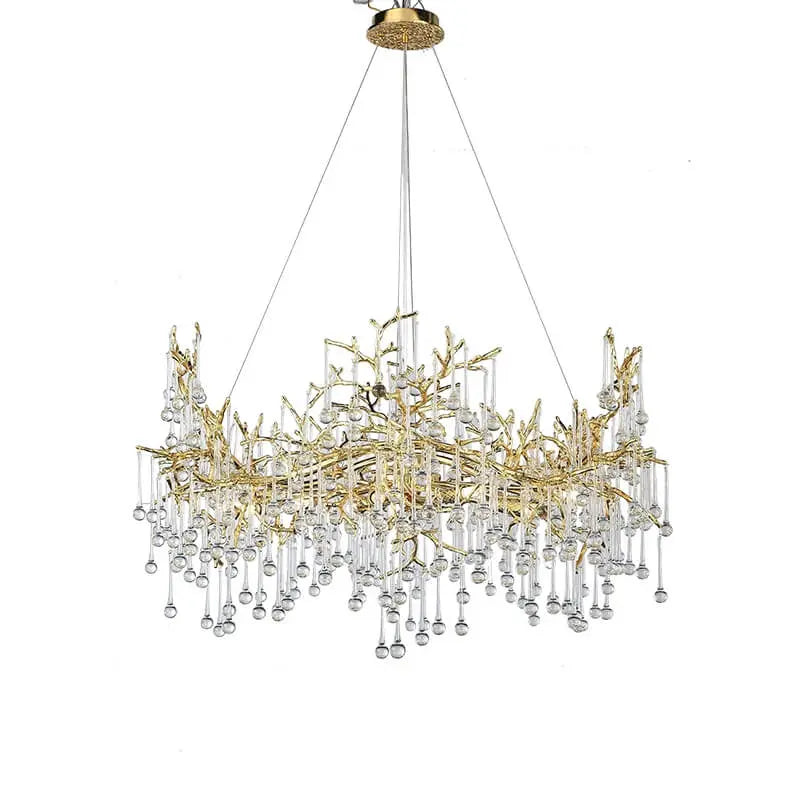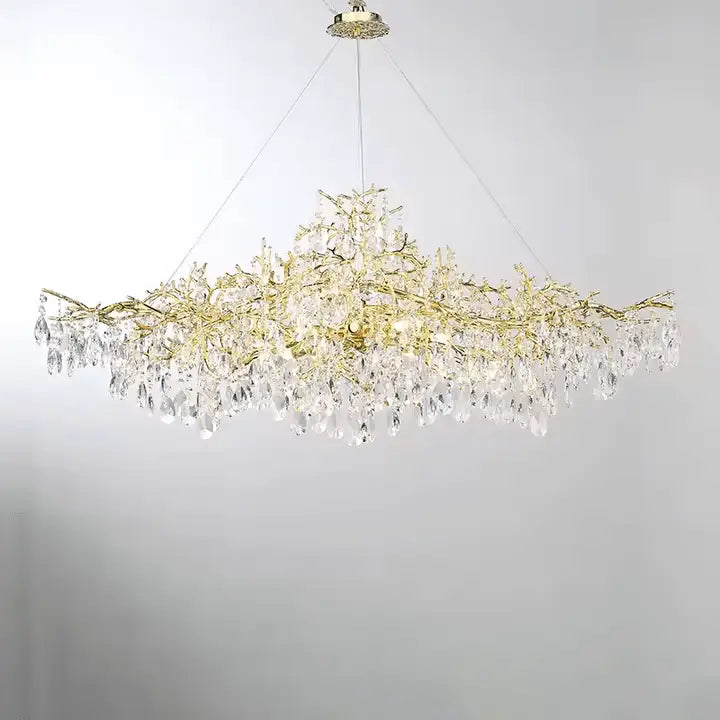In today's world, creating a sustainable home is more important than ever. Innovative designs and materials can help reduce energy consumption and promote a healthier environment. This article explores various strategies to transform your space into an energy-efficient haven, focusing on smart design, renewable energy, eco-friendly materials, and more. Let’s dive into practical ideas that can make a significant difference in your home and the planet.
Key Takeaways
- Opt for smart home features like thermostats and energy-efficient appliances to save on energy costs.
- Use renewable energy sources such as solar panels to power your home sustainably.
- Choose eco-friendly materials like recycled wood and low-VOC paints for a healthier living space.
- Implement water-saving fixtures and rainwater harvesting systems to conserve water effectively.
- Design your home to maximize natural light, reducing the need for artificial lighting.
Maximizing Energy Efficiency Through Smart Home Design
Creating energy-efficient homes is essential for sustainable living. Smart home design can significantly reduce energy consumption while enhancing comfort. Here are some key strategies:
Compact and Efficient Layouts
- Smaller homes use fewer materials and require less energy for heating and cooling.
- An efficient layout minimizes wasted space, making it easier to heat or cool your home.
- Consider open floor plans that allow for better airflow and natural light.
High-Performance Windows and Doors
| Feature | Benefit |
|---|---|
| Energy-Efficient Glass | Reduces heat loss and gain |
| Proper Sealing | Prevents drafts and air leaks |
| Weather Stripping | Enhances insulation around windows/doors |
Smart Thermostats and HVAC Systems
- Smart homes utilize thermostats that learn your schedule and adjust temperatures automatically.
- Zoning systems allow for temperature control in different areas of the house, saving energy.
- Regular maintenance of HVAC systems ensures they operate efficiently.
By integrating these elements into your home design, you can create a space that is not only stylish but also energy-efficient. This approach aligns with modern home design principles, promoting sustainability and comfort.
Harnessing Renewable Energy for Sustainable Living
In today's world, renewable energy is essential for creating sustainable homes. Here are some effective ways to harness it:
Solar Panels and Wind Turbines
- Solar Panels: These capture sunlight and convert it into electricity. They can store energy in batteries, allowing you to use power even at night.
- Wind Turbines: If you live in a windy area, small windmills can generate electricity for your home.
- Benefits: Both options can reduce your energy bills and help the environment.
Geothermal Heating and Cooling
- Geothermal Systems: These use the Earth's constant temperature to heat and cool your home. They are very efficient and can save you money in the long run.
- Installation: While the initial cost is high, the long-term savings make it a smart choice.
Net-Zero Energy Homes
- Definition: A net-zero energy home produces as much energy as it consumes over a year.
- Features: These homes often include solar panels, energy-efficient appliances, and smart design to minimize energy use.
- Goal: The aim is to create a home that is self-sufficient in energy, reducing reliance on fossil fuels.
By integrating renewable energy solutions into your home, you can significantly lower your carbon footprint and contribute to a healthier planet.
| Energy Source | Benefits | Considerations |
|---|---|---|
| Solar Panels | Reduces electricity bills | Requires sunlight |
| Wind Turbines | Generates clean energy | Needs wind availability |
| Geothermal Systems | Efficient heating and cooling | High initial installation cost |
Eco-Friendly Building Materials for a Greener Home
Building a sustainable home starts with the materials you choose. Here are some great options that are both eco-friendly and stylish:
Using Local and Recycled Materials
- Bamboo: This fast-growing plant is strong and versatile. It can be used for flooring, walls, and furniture. Plus, it regenerates quickly, making it a renewable resource.
- Cork: Harvested from the bark of cork oak trees, cork is great for flooring and insulation. It’s naturally resistant to moisture and pests.
- Reclaimed Wood: Salvaged from old buildings, reclaimed wood adds character to your home while reducing the need for new timber.
Low-VOC and Eco Paints
Using low-VOC (volatile organic compounds) paints helps improve indoor air quality. These paints are better for the environment and your health. Here are some benefits:
- Reduces harmful emissions.
- Available in a variety of colors and finishes.
- Often made from natural ingredients.
Sustainable Flooring Options
When it comes to flooring, consider these eco-friendly choices:
- Bamboo Flooring: Durable and stylish, bamboo is a great alternative to traditional hardwood.
- Cork Flooring: Soft and hypoallergenic, cork is perfect for insulation and comfort.
- Recycled Glass Tiles: Made from discarded glass, these tiles can be used for countertops and backsplashes.
Choosing sustainable materials is a step towards a healthier planet. Every small change counts! Incorporating these materials into your home design not only helps the environment but also creates a unique and stylish living space.
Water Conservation Strategies in Home Design
Water conservation is essential for creating a sustainable home. Here are some effective strategies to consider:
Low-Flow Fixtures and Dual Flush Toilets
- Low-flow fixtures can reduce water usage by up to 30%. These include:
- Showerheads that maintain pressure while using less water.
- Faucets designed to minimize flow.
- Dual flush toilets that allow you to choose between a full or reduced flush, saving water with every use.
Rainwater Harvesting Systems
- Collecting rainwater is a smart way to conserve water. Here’s how:
- Rain barrels can be set up to catch water from your roof.
- More advanced systems can filter and store rainwater for irrigation or even indoor use.
- This method can significantly reduce reliance on municipal water.
Smart Irrigation and Landscaping
- Implementing smart irrigation systems can help you water your plants efficiently:
- Smart controllers adjust watering schedules based on weather conditions.
- Soil moisture sensors ensure plants get the right amount of water without waste.
By using these water conservation strategies, you not only save water but also lower your utility bills, making your home more affordable and eco-friendly. Incorporating these ideas into your contemporary home design can lead to a more sustainable lifestyle.
Incorporating Natural Light and Passive Solar Design
Optimal Home Orientation
To make the most of natural light, the orientation of your home is key. Positioning your house with more windows facing south can capture sunlight during winter, helping to warm your space. Avoid too many west-facing windows to reduce glare and heat in the summer.
Sun Shades and Roof Overhangs
Adding sun shades or roof overhangs can effectively manage sunlight. These features block the intense summer sun while allowing the lower winter sun to enter. This simple design strategy enhances energy efficiency without needing mechanical systems.
Deciduous Trees for Seasonal Efficiency
Planting deciduous trees in front of south-facing windows can significantly improve energy efficiency. These trees lose their leaves in winter, allowing sunlight to warm your home, while their full foliage in summer provides shade, reducing air conditioning needs.
By incorporating natural light and passive solar design, you can create a home that is both energy-efficient and comfortable.
Key Benefits of Natural Light and Passive Solar Design
- Reduces energy costs by minimizing the need for artificial lighting and heating.
- Enhances indoor air quality by promoting ventilation.
- Creates a more inviting and pleasant living environment.
Summary Table of Benefits
| Feature | Benefit |
|---|---|
| Optimal Orientation | Maximizes sunlight in winter |
| Sun Shades | Blocks summer heat |
| Deciduous Trees | Provides seasonal shade and warmth |
Incorporating these elements into your home design can lead to a more sustainable and enjoyable living space, blending Scandinavian interior design with energy efficiency. Consider how these strategies can work together to create a harmonious environment that reflects your style, whether it be industrial interior design or coastal interior design.
Innovative Insulation Techniques for Energy Savings
Advanced Insulation Materials
Insulation is crucial for keeping your home comfortable year-round. The better the insulation, the less energy you will use. Here are some effective materials:
- Sheep’s wool: Eco-friendly and great for soundproofing.
- Cotton insulation: Made from recycled denim, safe and easy to install.
- Closed-cell spray foam: Expands to fill gaps, providing insulation and air sealing.
Air Sealing and Weather Stripping
Air sealing, also known as draft stopping, is essential for energy efficiency. It prevents air leaks that can waste energy. Here’s how to ensure proper sealing:
- Seal around windows and doors with caulking.
- Use weather stripping to close gaps.
- Conduct a blower door test to find leaks.
Green Roofs and Walls
Green roofs and walls not only provide insulation but also help with energy savings. They can:
- Reduce heat absorption in summer.
- Provide natural insulation in winter.
- Improve air quality and biodiversity.
Proper insulation and air sealing are vital for sustainable home designs. They lower energy use and create a more comfortable living space.
By implementing these innovative insulation techniques, you can significantly enhance your home's energy efficiency and contribute to a more sustainable future.
Highlight: ceiling light fixtures can also play a role in energy efficiency by using LED options that consume less power.
Multi-Functional Spaces for Efficient Living
In today’s world, multi-functional spaces are essential for making the most of your home. These areas can serve various purposes, making your living space more flexible and efficient.
Smaller, Well-Planned Homes
- Compact Designs: Smaller homes often use less material and energy. For example, a two-story house with 1,000 sq ft per floor is usually more energy-efficient than a larger single-story home.
- Benefits of Smaller Homes:
- Less material use
- Reduced energy needs
- Lower maintenance costs
Versatile Room Designs
- Convertible Furniture: Items like sofas that turn into beds or tables that fold away are perfect for maximizing space. A wall bed with a desk can save a lot of room.
- Open Floor Plans: An open kitchen that also serves as a dining area can reduce the need for extra rooms.
- Multi-Use Rooms: A guest bedroom can double as a home office, making it easier to adapt your space to your needs.
Efficient Use of Vertical Space
- Vertical Storage: Using shelves and cabinets that go up to the ceiling can help keep your home organized and spacious.
- Natural Light: Strategically placed windows can make a compact space feel open and airy.
By focusing on efficient use of space, you can create a sustainable home that is both functional and comfortable.
Incorporating these ideas into your home design can lead to a more sustainable and enjoyable living environment. Whether you’re considering affordable homes or luxury homes, multi-functional spaces can enhance your lifestyle while being kind to the planet.
Living in a space that serves multiple purposes can make life easier and more enjoyable. By combining areas for work, relaxation, and socializing, you can create a home that fits your lifestyle perfectly. Want to learn more about how to make your space work for you? Visit our website for tips and ideas!
Conclusion
In conclusion, creating a sustainable home is not just a choice; it's a vital step towards a healthier planet. By embracing energy-efficient designs and eco-friendly materials, we can build homes that are both beautiful and kind to the environment. At Hutter Architects, we focus on making homes that last, using strong materials and smart designs that adapt to your changing needs. Our goal is to help you achieve a net-zero energy home, where the energy you use is equal to what you produce. This not only helps the planet but also saves you money in the long run. If you're ready to take the next step in designing your sustainable home, check out our Net-Zero Home Design page for more information.
Frequently Asked Questions
What makes a house sustainable?
A sustainable house uses less energy and water, has good insulation, and incorporates renewable energy sources like solar panels.
How can I save energy in my home?
You can save energy by using energy-efficient appliances, sealing drafts, and installing smart thermostats.
What are eco-friendly building materials?
Eco-friendly materials include recycled products, locally sourced materials, and low-VOC paints.
How do I collect rainwater?
You can collect rainwater by installing a rainwater harvesting system that captures water from your roof.
What is passive solar design?
Passive solar design uses the sun's energy for heating and cooling, often through south-facing windows and strategic shading.
Why should I consider a smaller home?
Smaller homes use fewer materials, are easier to heat and cool, and require less maintenance.

